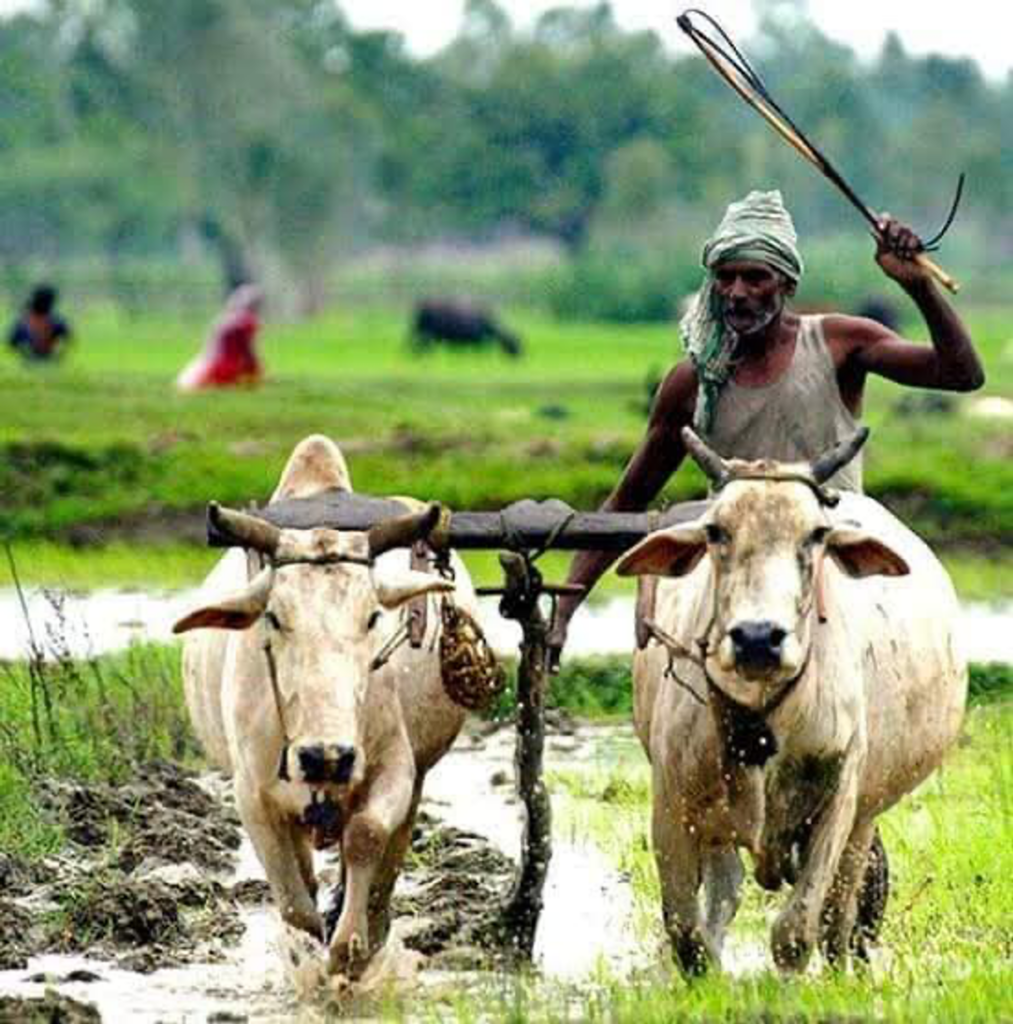The day is known by various names and there is a variety of different customs observed in the different Indian states.
Despite these variations, it is a harvest and thanksgiving festival marking the start of spring, the end of the traditional farming season and the gathering of the first food from the harvest.
It is unique among Hindu festivals as the date is based on a solar calendar rather than the phases of the moon. This means it falls on January 14th in the western calendar.
This date marks the start of Uttarayana, the time when the sun starts to move northwards after the winter equinox.
This date is now actually December 21st in the Western Calendar, but as the equinoxes move by 50 seconds each year due to the wobble of the Earth’s axis.
This shows the ancient age of this festival – a thousand years ago, the festival was on December 31st.
Uttarayana is also considered a time of good fortune and important events are scheduled during this period.
